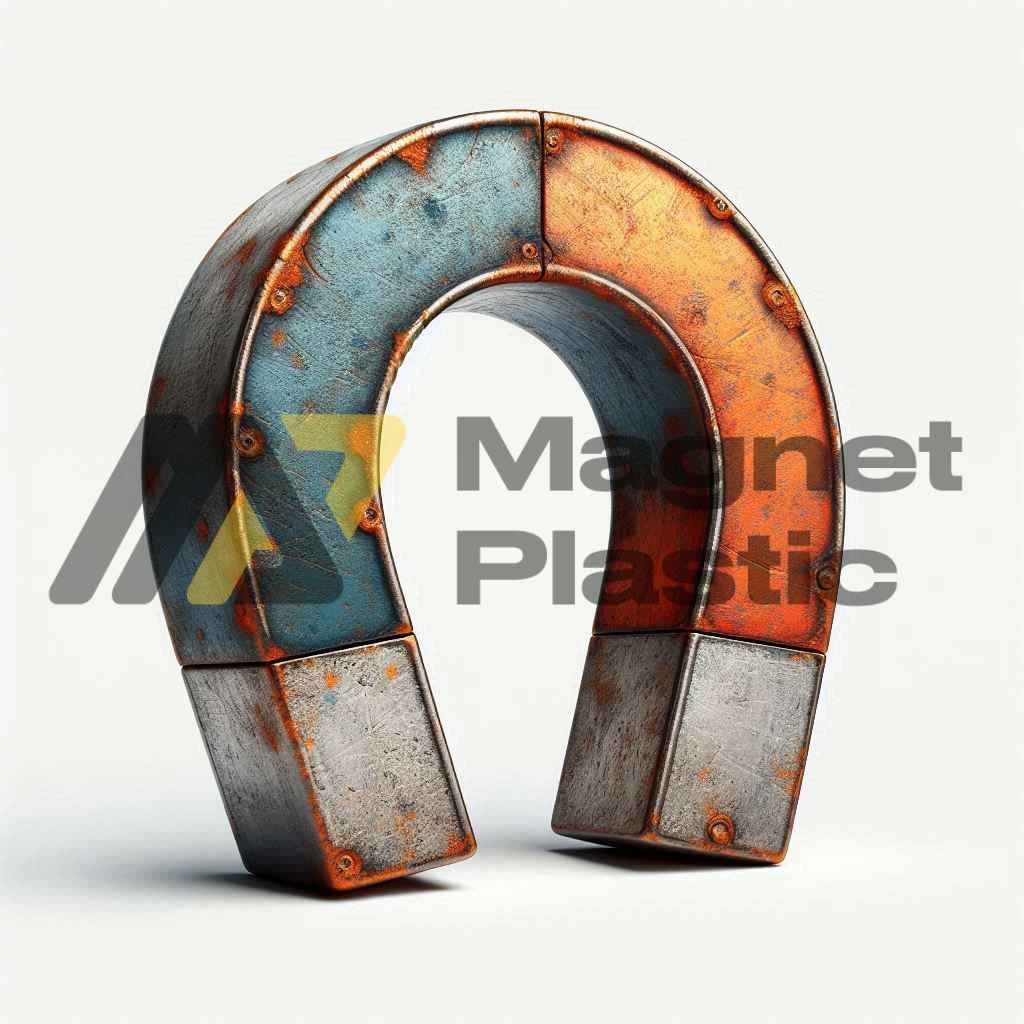Corrosion in Magnets: A Silent Wear
Corrosion is a natural process that occurs when magnets, especially neodymium magnets, come into contact with moisture and oxygen. Since these magnets are composed of an alloy of neodymium, iron and boron (NdFeB), the iron present in their composition makes them highly susceptible to oxidation.
Factors that Increase Corrosion
Exposure to humidity: Environments with high humidity accelerate the oxidation of iron.
Presence of corrosive agents: Acids, salts and chemicals can erode the surface of the magnet.
Extreme temperatures: Sudden changes in temperature can cause microcracks in the magnet coating, facilitating corrosion.
How to Prevent Corrosion
To prevent corrosion, protective coatings are used on magnets. Some of the most common options include:
Nickel (Ni-Cu-Ni): Provides effective protection against oxidation.
Zinc (Zn): More economical option, but with lower strength.
Epoxy: Creates a strong protective barrier against moisture and chemicals.
Silver or gold plating: Improves aesthetics and provides some resistance to corrosion.
Additionally, in applications where moisture is a constant problem, magnets can be encapsulated in resins or plastics for additional protection.
Demagnetization: Loss of Magnetic Power
Demagnetization is the gradual or sudden loss of a magnet’s magnetic properties. Depending on the type of magnet and the conditions of use, demagnetization can be a serious problem.
Main Causes of Demagnetization
Exposure to high temperatures:
Neodymium magnets can lose their magnetism from 80°C, while others, such as samarium-cobalt, resist up to 300°C.
External magnetic fields:
Exposure to opposing or very intense magnetic fields can alter the structure of the magnet.
Shock or mechanical stress:
Strong impacts can damage the internal structure of the magnet and reduce its strength.
How to Avoid Demagnetization
Select the right material: For high-temperature applications, specially coated samarium-cobalt or neodymium magnets are ideal.
Store properly: Keeping magnets away from opposing magnetic fields and mechanical shock prolongs their lifespan.
Thermal coatings: In extreme environments, the use of thermal coatings helps maintain their magnetism.
Conclusion
The durability of magnets depends largely on their protection against corrosion and demagnetization. Choosing the right material, applying protective coatings, and following good storage and use practices can significantly extend the life of magnets, ensuring their long-term efficiency and performance.
